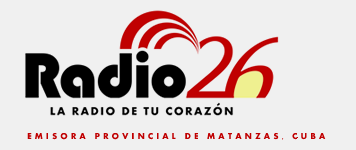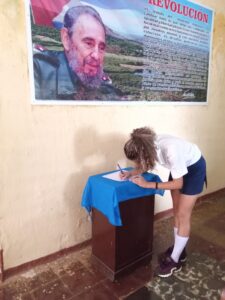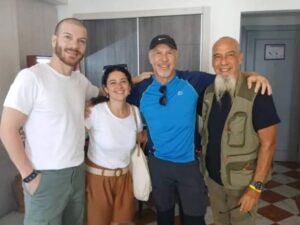Epistemologies of Cuban Constitutional Law (IV).
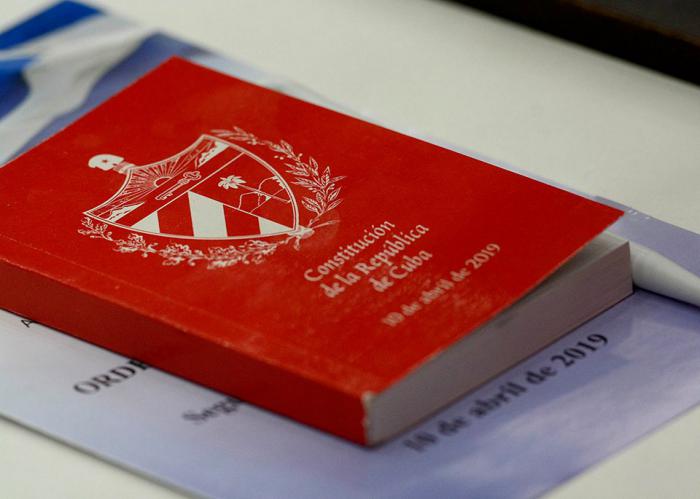
The executive and administrative function, as a manifestation of the Power of the People, is governed by the principles enshrined in the Constitution of the Republic and is exercised at the central level through the following bodies and agencies: the Council of Ministers and its Executive Committee and the Agencies of the Central Administration of the State.
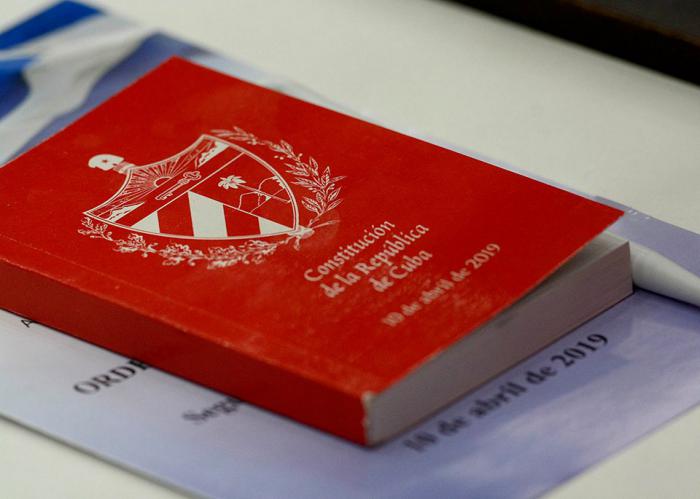
Forms of ownership regulated by the Cuban Constitution of 2019 and explain if and how they can be combined.
Article 18 establishes the Cuban economic system, where the fundamental property is the socialist state property over the principal or fundamental means of production, with a basic principle: the suppression of the exploitation of man by man.
Articles 22 to 29 establish the different forms of property, the Constitution recognizes seven forms of property.
Among these, the socialist state property of all the people stands out, which is what characterizes the Cuban Economic System, as the guiding principle of socialist property and includes the most important and strategic spheres of the national economy, constituting the material basis of industrial and agricultural production, transportation, communications, scientific and technological development, public health, education, culture and sports.
It is possible to link or combine these forms of ownership through the modality of mixed ownership.
What is the Government in the Republic of Cuba, according to the 2019 Constitution and how is it integrated?
In Cuba, it comprises the bodies whose essential purpose is to carry out executive-administrative acts. At the national level it is the Council of Ministers; in the province, the provincial governments and in the municipality, the administration councils.
The executive and administrative function, as a manifestation of the People’s Power, is governed by the principles enshrined in the Constitution of the Republic and is exercised at the central level through the following bodies and agencies:
The Council of Ministers and its Executive Committee;
the Organisms of the Central Administration of the State.
Council of Ministers:
It is the highest executive-administrative body, constitutes the government of the Republic. It is the superior organ of the direction of the executive function, in the sense of government, it is different from how the government is exercised in the local Assemblies of People’s Power (Art 133-139 of the Constitution). It is one of the highest organizational structures of the People’s Power in Cuba and has a collegiate character. The Prime Minister is the highest representative of the Government of the Republic.
Organisms of the Central Administration of the State (OACE):
The agencies of the Central Administration of the State are the logical consequence of the division of labor by virtue of the differentiation of functions and their attribution as main responsibility to specific structures; of which those analogous functions will constitute their objective competence. These different bodies, which will be the governing bodies of a branch, sub-branch or activity of the state administration by having it as their main responsibility, have usually been classified in the positive law of our country as Ministries, Institutes and other central bodies attached or subordinated to the State.
Written by DR. Osvaldo Manuel Álvarez Torres.
